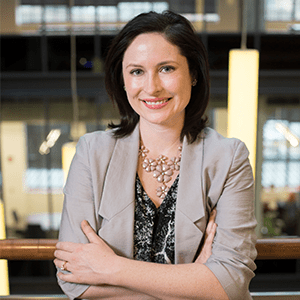The London Interbank Offered Rate (LIBOR), a controversial benchmark interest rate indicator that is almost 50 years old, will be discontinued by the end of 2021. The death of LIBOR will have implications for businesses in the Winston-Salem area. Here’s why: your business loan or other financial product might be tied to LIBOR. If so, you might have to shift to a new index in the coming months.
What is LIBOR?
It is an interest rate index calculated daily and tied to more than $350 trillion in financial products — from credit cards to commercial loans and many in between. There are 35 LIBOR rates with time spans that range from overnight to 12 months. They are established in five currencies — the U.S. dollar, British pound sterling, euro, Swiss franc and Japanese yen. Any one of the 35 rates can be referenced by a particular financial product, such as a commercial loan, by setting an interest rate equal to LIBOR, plus a spread.
Why is LIBOR Ending?
Over the last decade, LIBOR has been plagued by scandal. The index is determined by banks submitting their own estimates of their borrowing costs. So banks that want to manipulate it can submit higher or lower rates depending what would benefit their business. Since 2009, the Justice Department has levied billions of dollars in fines against banks for LIBOR manipulation. In addition many banks have slowed or ended their involvement in interbank lending. So there isn’t enough data from transactions anymore.
So, What Now?
In the United States, the preferred LIBOR alternative is called the “Secured Overnight Financing Rate” or SOFR. The Federal Reserve Bank of New York began publishing SOFR on April 3, 2018. It’s based on transactions in the Treasury repurchase market, where banks and investors borrow or loan Treasuries overnight. In other words, it is a measure of the cost of borrowing cash overnight. Unlike the dwindling market for interbank loaning on which LIBOR is based, SOFR is based on a market where approximately $800 billion is traded every day. So it is a lot more difficult to manipulate SOFR.
How Will the End of LIBOR Affect Local Businesses?
But local businesses should be aware that SOFR is a work in progress. After recognizing the fundamental problems with LIBOR in 2014, the Federal Reserve established a committee to come up with a list of alternative reference rates. In June of 2017, that panel picked SOFR. The Federal Reserve sought out public feedback, then began publishing the rate in April. Transitioning to SOFR will take time. Each loan or other financial product referencing LIBOR will have its own contractual terms to calculate interest. And it may or may not have a LIBOR alternative.
It will take time for SOFR to become the predominant replacement for LIBOR, and therefore local businesses should monitor news regarding the end of LIBOR and the implementation of SOFR. If you have loans or other financial products tied to LIBOR, you should review the contractual terms and find out if there is an alternative to LIBOR. Beyond that, it is important to pay attention to commercial loans tied to LIBOR with maturity dates after 2021. And if you are looking to take out a commercial loan in the near future, make sure the loan documentation offers an alternative to LIBOR.
About the Author
Adam Duke has practiced law at Bell, Davis & Pitt since graduating from the University of North Carolina School of Law in 2009. He maintains an active creditors’ rights — focused litigation practice. He has experience representing creditors prior to litigation in the negotiation of loan restructures and workouts. As well, he regularly represents creditors in state and federal courts in the repossession and liquidation of personal property, the foreclosure of real property, the appointment of receivers, the litigation of contract disputes, Uniform Commercial Code issues and bankruptcies.

